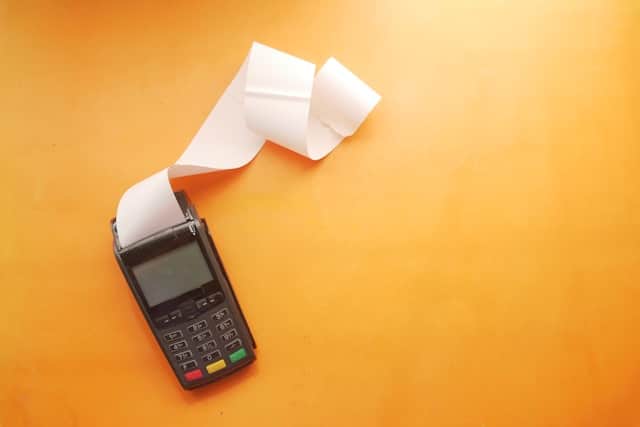The retail industry has seen quite a few hills and hollows in recent times. Despite the recession of 2008-09, people are splurging their resources on all sorts of goods and services. Retailers are relying heavily on technology, but the key may actually lie in being more “humanly mechanical”. The general trends observed in the retail industry are as follows:-
• Spending more on luxury goods
Despite tight budget constraints, today’s customers are spending abundantly (and increasingly) on luxury goods. Expenditures on branded garments, branded food products, latest electronic gadgets, accessories, jewelries etc. have increased by manifolds in the last five years.
• Well informed consumers
Due to the developments in the means of communication, popularity of the internet and the easy availability of information on several forums, the common populace has become more aware about the pros and cons of a particular commodity. Most people happen to hit the “search” button on a search-engine before going to invest on some good/service. So, when they enter the retail stores, they are actually fully informed about the product they want to buy. It, therefore, helps an associate at a retail store to know their products as completely as possible so that they can build a rapport with their clients and create an impression.
• Increasing requirement of time saving ways of shopping
In a world that makes such tremendous use of remote-controllers and ready-made solutions at the press of a key, people have lost the patience to do anything that takes more than a few seconds of time. In the case of retail also, demand is on a high for more time-saving ways of shopping.
• Spread of E-commerce
The previous point leads us to the present scenario of e-commerce. Several firms (e.g. Amazon, Flipkart, Jabong etc.) are operating their businesses through their online websites these days. These websites give the consumers several options of a desired product to choose from and also provide different modes of online payment. The commodity is dispatched and reached to the doorstep of the consumer within a promised period of time. According to a study conducted by the United Parcel Service done in June 2013, more than 70% of online shoppers prefer to buy online and are said to be “hooked” by e-commerce.
• Popularity of social media
Many retailers are using the social media websites to promote their products. Not only that, but social media can be an excellent way to know the feedback and the market demand of a particular product. People are increasingly exchanging their views and are tending to get influenced by the opinion of the multitude.
• Owning a private good has lost its significance
Ownership of a certain commodity or service isn’t all-that-important to the millennials now-a-days. They might as well opt for renting the good/service on a periodic basis such that they are satisfied with the utility derived from them. Hence, many firms (e.g. car-renting businesses) are embarking on projects that basically rent goods or services to their customers.
• “Price” is prioritized over “value”
Consumers of the present day are more obsessed with the price they pay for a product rather than the value they obtain from it. Even for luxury consumption that’s based on the supremacy of quality (like apparel, hotel accommodations, beverages, fine dining etc.), people go for the “cheaper” options.
• More workers must be employed in order to manage a store perfectly in and out
It is becoming exceedingly difficult to maintain a store with a scanty work-force. In order to properly oversee the security, keep an account of the stock or to assist the incoming customers in the purchase, an adequate and robust workforce has to be maintained.
• Spreading of markets to remote areas
The most important facility provided by the online shopping sites and the mobile electronic devices is the reaching of any desired service/good to all the remote corners of the world. Spontaneous purchases are made by all and sundry. As per the latest survey by the Online Shopper Survey and the data analyses by comScore, “Half the smartphone owners in the group and nearly 60% of the tablet owners use those devices to make purchases. Rather than fret about privacy, a majority (60% who had the technological capability), said they wanted to receive retail deals and promotions on the phones and tablets, based on their location or transaction history.”
To conclude, it is suffice to say that as of now, the retail industry and the IT industry are going hand-in-hand. Without each other, either shall find it difficult to survive. Some top sectors of production where retailing is being hoped to flourish in the coming years are: Healthcare, Automobiles, Robotics, Video Game apps, Electronics and Solar Products.
For more information on retailing, please write to contact@marketquotient.com.





